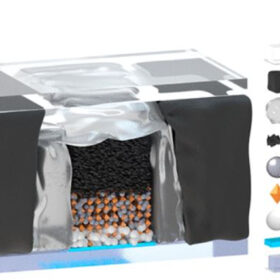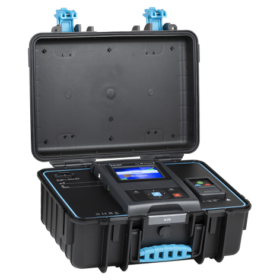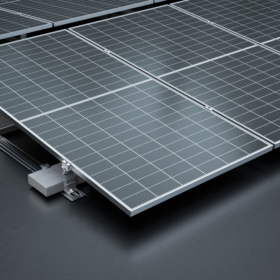PV-powered cars and the parking dilemma
Researchers in Portugal have addressed the so-called ‘parking dilemma’ of electric cars incorporating photovoltaic modules. They looked into the tradeoff between charging the car and raising its inside temperature. They calculated the critical time as a function of the car’s solar capacity.
Abandonded mine water source heat pump system for residential applications
Chinese researchers have designed an abandoned mine water source heat pump system that can reportedly perform better than gas boilers in residential buildings. It consists of a submersible pump, a plate heat exchanger, a water source heat pump, a circulating water pump, and an end section.
Online map for ground mounted solar plants in China
The China Agricultural University has created an online dataset presenting all PV plants deployed in China at the end of 2020. The tool shows China ground mounted solar facilities occupied a surface of 2,467.7 km2 at the end of December 2020.
New tech to remanufacture recycled perovskite solar cells
An international research team has developed a novel way to remanufacture fully encapsulated perovskite solar cells after recycling. The researchers say the devices can achieve 88% of the original efficiency of the products.
Metrel releases safety tester for 1,500 V PV installations
Metrel says its new safety-analysis tool can measure the insulation resistance of strings, the continuity of protective earth conductors, and I/U characteristics, among other features.
Scientists describe anti-soiling performance mechanisms in solar glass
Laboratory and outdoor soiling experiments conducted in Saudi Arabia have shown that increased particle resuspension by wind is one of the dominant factors for high anti-soiling performance in photovoltaic glass.
Photovoltaics for refrigerated warehouses
Scientists in China have analyzed the performance of PV-driven refrigeration warehouses and have found they can ensure stable operation thanks to a refrigeration coefficient of performance of up to 2.66.
Aerocompact releases new portrait mounting system
Austrian manufacturer Aerocompact has developed the SN2 Q PLUS solar mounting system, which can support PV modules measuring up to 1,310 mm x 2,500 mm. It has an installation angle of between 5 degrees and 10 degrees.
Improving silicon solar cell performance with aluminum-doped polysilicon passivating contacts
An international research group has developed a novel technique enabling the creation of contacts at low temperatures. The novel contact types are reportedly able to enhance cell efficiency by up to 3%.
New design for photovoltaic-thermal panels mitigates risk of cracking
Researchers in Sweden have developed a new PVT module using an aluminum alloy structure between the thermal absorber and the photovoltac cells. This architecture reportedly reduces thermal expansion by 20%, thus increasing the chances of mitigating cracks in the PV unit.










